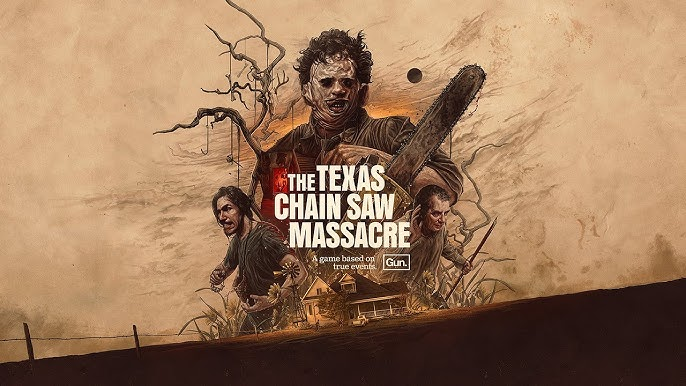Opening: When Terror Feels Too Real
when Horror Yearbook – When Horror Yearbook revisited this classic, the scene still felt chilling. Imagine a lonely Texas highway at dusk, a van stopping in the middle of nowhere — then the nightmare begins. The haunting tone of The Texas Chain Saw Massacre immediately gripped audiences. The film shocked viewers with its bold claim: “Based on a true story.”
We uncover the true story behind The Texas Chain Saw Massacre and show how reality and fiction merge to create one of cinema’s most disturbing horror experiences.
To understand this terror, we must look at its roots — the strange mix of real horror and twisted imagination.
The Origins and Real Inspiration Behind the Film
From Ed Gein to Leatherface
Even though the movie claims to be true, the filmmakers invented most of its story from imagination. The filmmakers invented the Sawyer family, the cannibalistic dinner, and the brutal chainsaw killings entirely on their own.
“The Texas Chain Saw Massacre is a horror film that … is heavily inspired by Ed Gein.” — People Magazine (people.com)
Director Tobe Hooper transformed Ed Gein’s disturbing crimes into the grotesque and horrifying world of Leatherface. He later explained that he used the phrase “based on true events” as a clever marketing move while also using it to comment on how society had normalized violence in the 1970s.
In other words, Hooper blurred truth and fiction to amplify fear — and it worked brilliantly.
Fact vs. Fiction
However, despite the movie’s shocking realism, the filmmakers built most of its story as pure fiction. (IMDb) The “true story” in the texas chain saw massacre true story refers more to emotional truth than historical fact.
Even so, this illusion made the story terrifyingly believable. Viewers left theaters wondering, Could this really happen? The question lingered long after the credits rolled.
Meanwhile, this bold mix of truth and imagination changed horror storytelling forever.
The Impact and Legacy That Redefined Horror
The Birth of the Slasher Era
With its raw energy, handheld camera style, and low budget, The Texas Chain Saw Massacre became a model for modern horror. It introduced iconic tropes such as the “final girl,” the masked killer, and the isolated rural house. (Wikipedia)
Because of this, many directors began exploring fear in realistic settings, making the horror feel more personal.
Cultural and Psychological Influence
Beyond the blood and screams, the texas chain saw massacre true story exposed America’s hidden anxieties. It reflected fears about family collapse, moral decay, and rural violence.
This film didn’t just scare audiences — it made them think. Today, horror fans still visit its filming locations as sacred spots of cinematic history. (Entertainment Weekly)
Changing the Film Industry
Moreover, the film transformed how horror was sold and experienced. Many later filmmakers — from Psycho to The Silence of the Lambs — drew inspiration from real crimes to create disturbingly realistic stories. (Chasing the Frog)
Even now, you can feel its influence in modern horror — especially in found-footage and true-crime films streaming worldwide. The idea that “truth sells fear” became a defining rule of the genre.
Unmasking “The True Story” — What’s Real and What’s Fiction
The Real Inspirations
Ed Gein robbed graves and used human remains to make household objects. (People)
Hooper also used disturbing Texas crime stories and violent news reports from the 1970s as inspiration. (Wikipedia)
The Fictional Creations
The Sawyer family never existed.
No killer in Texas ever used a chainsaw while wearing a human-skin mask.
Why the “True Story” Claim Worked
Hooper understood that horror thrives on uncertainty. By suggesting the film was true, he blurred the line between reality and fiction. This strategy made fear feel personal and close to home.
As a result, viewers felt like witnesses — not just spectators. Many believed the story actually happened, proving how powerful suggestion can be in horror.
The Truth That Still Haunts Us
In the end, exploring the true story behind The Texas Chain Saw Massacre does more than verify facts — it exposes how fear operates. The filmmakers transform fragments of reality into powerful tools that disturb, provoke, and reshape the audience.
Its real legacy comes from the way it forces us to confront our own comfort with violence and truth.
Even after fifty years, The Texas Chain Saw Massacre continues to remind us that the most terrifying monsters emerge from within ourselves. The film blurs the line between fiction and reality — and that haunting tension keeps us afraid.

